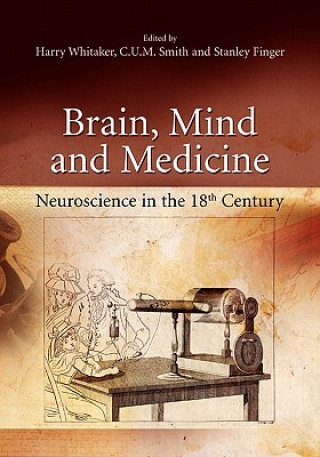
Kód: 01422854
Brain, Mind and Medicine:
Autor Harry Whitaker, C. U. M. Smith, Stanley Finger
No books have been published on the practice of neuroscience in the eighteenth century, a time of transition and discovery in science and medicine. This volume explores neuroscience and reviews developments in anatomy, physiology, ... celý popis
- Jazyk:
 Angličtina
Angličtina - Vazba: Brožovaná
- Počet stran: 376
Nakladatelství: Springer-Verlag New York Inc., 2010
- Více informací o knize

5094 Kč

Skladem u dodavatele v malém množství
Odesíláme za 12-15 dnů
Potřebujete více kusů?Máte-li zájem o více kusů, prověřte, prosím, nejprve dostupnost titulu na naši zákaznické podpoře.
Přidat mezi přání
Mohlo by se vám také líbit
Darujte tuto knihu ještě dnes
- Objednejte knihu a zvolte Zaslat jako dárek.
- Obratem obdržíte darovací poukaz na knihu, který můžete ihned předat obdarovanému.
- Knihu zašleme na adresu obdarovaného, o nic se nestaráte.
Více informací o knize Brain, Mind and Medicine:
Nákupem získáte 509 bodů
 Anotace knihy
Anotace knihy
No books have been published on the practice of neuroscience in the eighteenth century, a time of transition and discovery in science and medicine. This volume explores neuroscience and reviews developments in anatomy, physiology, and medicine in the era some call the Age of Reason, and others the Enlightenment. Topics include how neuroscience adopted electricity as the nerve force, how disorders such as aphasia and hysteria were treated, Mesmerism, and more.Ideas we associate with the 18th century are clearly seen in work published from the latter decades of the 17th century through the first decades of the 19th century. This is the "long 18th century", a period which exhibits multiple discourses in medicine, brain science and philosophy. The editors have deliberately adopted a "presentist" subtitle, "neuroscience", to emphasize that this collection of essays reflect a range of current thought about 18th century-studies of the nervous system in isolation and in context. There are six sections, each preceded by a short introduction.§The opening section of Brain, Mind and Medicine: Neuroscience in the 18th Century sets forth a temporal chronology for the long 18th century. This is followed by a background section of essays on (a) brain and mind in the long 18th century, (b) the role of microscopes and microscopy in this period, (c) the nature of 18th century medical education and the place of voluntary hospitals and (d) an illustration of late-18th century medicine, discussing the early career of James Parkinson as an example.§The third section contains a series of papers focusing on the nervous system, with (a) an exegesis of John Hunter s work, (b) the contributions of William Cullen and Robert Whytt, (c) a detailed analysis of the physiological and anatomical work of Pourfour du Petit, (d) the debate between Albrecht Haller and Robert Whytt concerning the mechanism of muscle contraction and two essays on developments in animal electricity during this epoch, (e) the early history starting with observations of the electric ray, and (f) the later contributions of Luigi Galvani, medical man and scientist.§The fourth section on brain and behavior considers (a) William Porterfield s thoughts on vision, and three essays in speculative philosophy of neuroscience, (b) a discussion of David Hartley s vibration theory, (c) a discussion of Charles Bonnet s vibration theory and an analysis of Emanuel Swedenborg s century-too-soon thoughts on localization of brain function.§The next section opens with an essay (a) on the neuroscientific ideas of Hermann Boerhaave and Albrecht Haller, then (b) a discussion of the evolution of our understanding of strokes in this epoch; these are followed by three essays on the development and applications of medical electricity, the first (c) on the contribution of Benjamin Franklin, the second (d) on how medical electricity was discussed in the popular publication, Gentleman s Magazine, and the third (e) on the application of medical electricity in physician s practices. The essays continue with (f) the medical opinions of the clergyman John Wesley, followed by (g) an essay on the best example of the power of suggestion in this era, Franz Anton Mesmer s notions of animal magnetism. The final essay in this section (h) discusses the evolution of the concept of hysteria well in advance of the well-known work of Jean Marie Charcot and Sigmund Freud.§The final three essays in the last section capture some of the cultural consequences of 18th century interest in the nervous system: (a) in the context of French materialism, (b) in Jonathan Swift s literary treatment of brain and nervous system and, finally (c) in an analysis of the origin and development of the concept of temperament. §Cover illustration: A young woman being treated with medical electricity in the 18th century. (From Adams, 1785; see chapter by Bertucci.)
 Parametry knihy
Parametry knihy
Zařazení knihy Knihy v angličtině Mathematics & science Biology, life sciences Life sciences: general issues
5094 Kč
- Plný název: Brain, Mind and Medicine:
- Podnázev: Essays in Eighteenth-Century Neuroscience
- Autor: Harry Whitaker, C. U. M. Smith, Stanley Finger
- Jazyk:
 Angličtina
Angličtina - Vazba: Brožovaná
- Počet stran: 376
- EAN: 9781441943682
- ISBN: 1441943684
- ID: 01422854
- Nakladatelství: Springer-Verlag New York Inc.
- Hmotnost: 743 g
- Rozměry: 254 × 178 × 22 mm
- Datum vydání: 12. February 2010
Oblíbené z jiného soudku
-
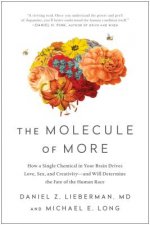
The Molecule of More
399 Kč -
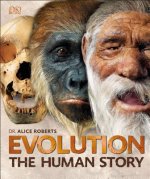
Evolution
675 Kč -
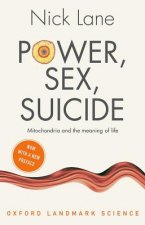
Power, Sex, Suicide
358 Kč -

Psychopath Inside
407 Kč -
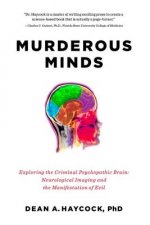
Murderous Minds
384 Kč -
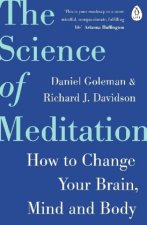
Science of Meditation
306 Kč -

Oxygen
303 Kč -

Equine Genomics
5435 Kč -

Race Differences in Intelligence
874 Kč -
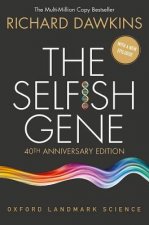
The Selfish Gene
324 Kč -
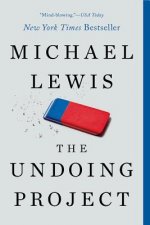
Undoing Project
277 Kč -

Biology of Belief
444 Kč -

Power of Habit
338 Kč -

Sapiens
358 Kč -
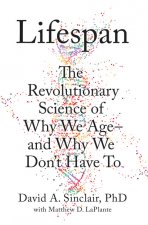
Lifespan
597 Kč -

The Extended Phenotype
358 Kč -
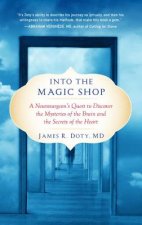
Into the Magic Shop
368 Kč -
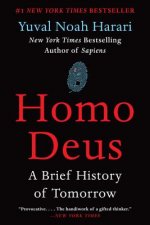
Homo Deus
306 Kč -
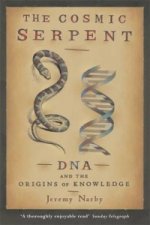
Cosmic Serpent
256 Kč -

Greatest Show on Earth
306 Kč -
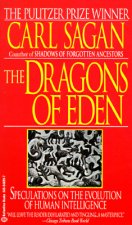
Speculations on the Evolution of Human Intelligence
227 Kč -

Blind Watchmaker
358 Kč -
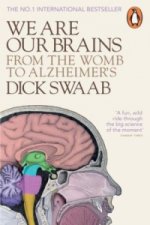
We Are Our Brains
306 Kč -

River Out of Eden
276 Kč -
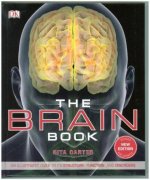
Brain Book
544 Kč -
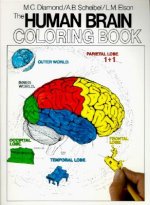
Human Brain Coloring Book
467 Kč -

Crack In Creation
368 Kč -
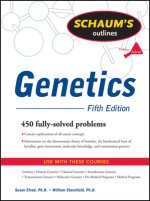
Schaum's Outline of Genetics, Fifth Edition
676 Kč -
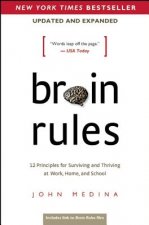
Brain Rules (Updated and Expanded)
334 Kč -

Hidden History of the Human Race
346 Kč -
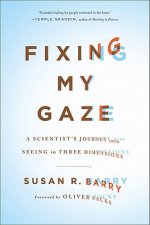
Fixing My Gaze
530 Kč -
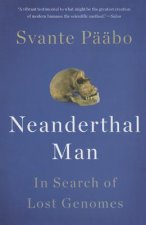
Neanderthal Man
374 Kč -
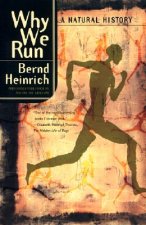
Why We Run
409 Kč -

On Natural Selection
185 Kč -
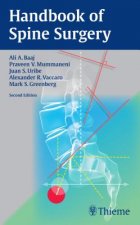
Handbook of Spine Surgery
2450 Kč -
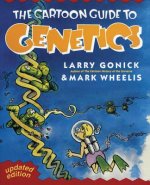
Cartoon Guide to Genetics
410 Kč -

Ecological Thought
794 Kč -
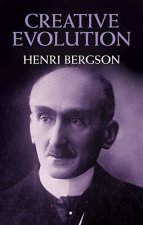
Creative Evolution
378 Kč -
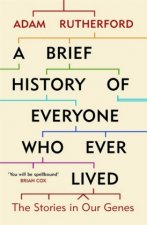
Brief History of Everyone Who Ever Lived
306 Kč -
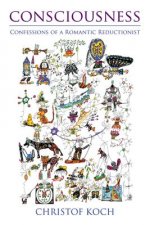
Consciousness
399 Kč -

Social Conquest of Earth
386 Kč -

Atlas of Human Brain Connections
3398 Kč -

Double Helix
433 Kč -
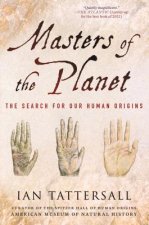
Masters of the Planet
392 Kč -

Vital Dust
825 Kč -
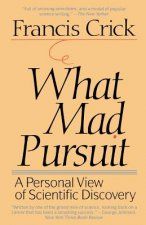
What Mad Pursuit
700 Kč -

Zooarchaeology and Modern Human Origins
2866 Kč -

Handbook of Schizophrenia Spectrum Disorders, Volume I
5094 Kč -

Tree of Life
1226 Kč
Osobní odběr Praha, Brno a 12903 dalších
Copyright ©2008-24 nejlevnejsi-knihy.cz Všechna práva vyhrazenaSoukromíCookies




 Vrácení do měsíce
Vrácení do měsíce 571 999 099 (8-15.30h)
571 999 099 (8-15.30h)